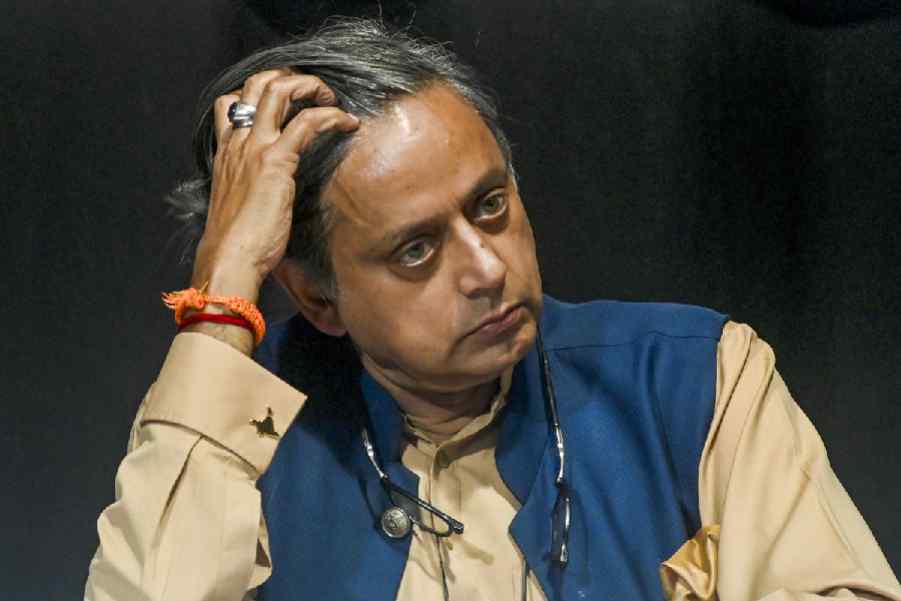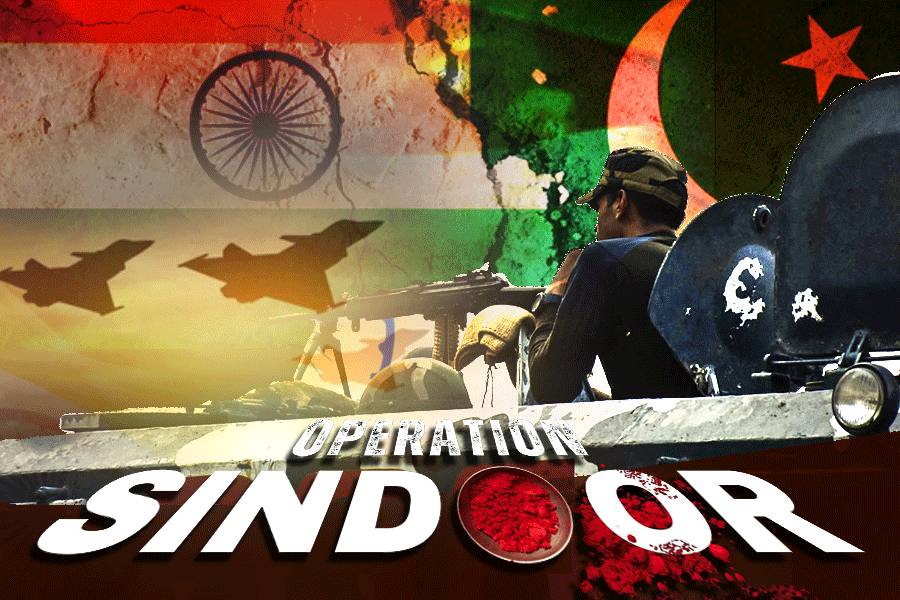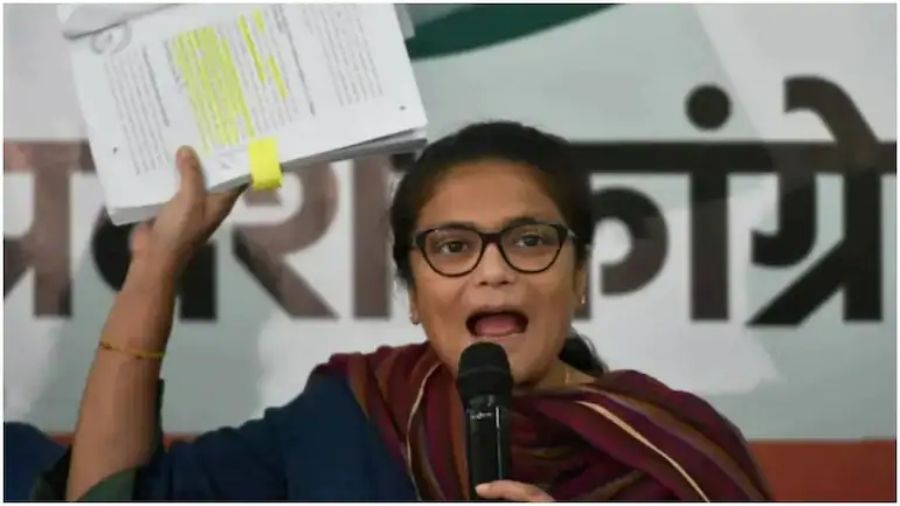 |
 |
| Actresses Rekha and Aishwarya Rai, both as Umrao Jaan Ada |
Lucknow, Sept. 24: The jingle of the ghungroo has long fallen silent. The tabla throbs no more to the tap and thud of feminine feet. But Mohammad Hussain can still hear the music that once wafted out from within the latticed windows and under delicate arches of old houses in Chowk, the old city’s oldest street still fondly called Umrao Jaan Ada’s lane.
As a young man, the 71-year-old used to cook for a tawaif, one of the many dancers who swayed and whirled to the beat of Urdu lyrics as their audience watched enthralled.
Today, Hussain keeps a trained eye on others cooking for artisans in an embroidery unit. And, often slips back into the past.
“When I am alone and working intently, I go back to the old world. The music that used to pulse through the narrow streets of Chowk hasn’t stopped for me. The faces of ustads orchestrating the background music for the Urdu lyrics flash back to my mind,” he says while chopping vegetables in an old building, once used as a kotha where dancing girls enlivened many an evening.
Hussain has heard stories about Umrao, “the half-fictional, half-real life” dancer believed to have lived in this lane during the troubled times of the sepoy uprising of 1857. Ask him where her house was, and he points to an at least 150-year-old, two-storey building near a jewellery shop.
He is not the only one. At least half a dozen others who live here point to the same building.
Hussain even recalls the name of the tawaif — Saureen — under whose protection Umrao performed. “The house has now been sold off to a trader,” he says.
The interest in Umrao was fuelled first in 1981 when Muzaffar Ali directed the screen adaptation of Umrao Jan Ada, a novel by Urdu writer Mirza Mohammad Hadi Ruswa (1857-1931).
Ameera Umrao was abducted from Faizabad as a teenager and thrown into the world of kothas in Lucknow. She later became a poet even as she was eulogised as a dancer.
In the film Umrao Jaan, the emotionally unfulfilled life of a courtesan was immortalised by Rekha. With J.P. Dutta’s remake due for release now, this time with Aishwarya Rai as Umrao, Chowk is abuzz again with stories of the legendary tawaif.
Chowk has changed a lot since the time Umrao held her audience in thrall. Old buildings have been pulled down. The music has been replaced by the whirr of sewing machines and the click and snap of flying needles, while the aroma of kebabs and biryani wafts out from eateries.
But memories of the past flood back as you enter the lane overlooked by towering minarets and mosque walls, walk up the narrow staircases of the old buildings, stare at the halls that were once dance floors and inhale the strong fragrance from the rows of attar (perfume) shops.
You think of the nawabs and their charming courtesans, sophisticated and elegant. “Earthy wisdom, women and wine are the three things that the nawabs understood as the institution of the kotha culture,” says Mohammad Wasim, a resident in his sixties.
Wasim says Lucknow used to bubble with the spirit of the “pehle aap” tehzeeb (etiquette) and quotes poet Hazrat Nashik who had described how a Lucknow resident felt about the city: “Lucknow hum e fida, hum fida e Lucknow.” In other words, Lucknow is in love with me and I am in love with Lucknow.
The kotha culture’s decay coincided with the revolt in 1857. The dancers left for neighbouring cities like Agra and Varanasi. Some moved to Calcutta and Mumbai.
Residents say the art of tawaifs soon degenerated into flesh trade when it restarted in the early 20th century, when only the British soldiers used to visit the kothas.
“The tawaifs wound up in the mid-sixties after frequent police raids. There are now whispers of clandestine flesh trade. But the music is gone,” rues Hussain.
Only a few like him can still hear the sound of the jingle — in their mind.











